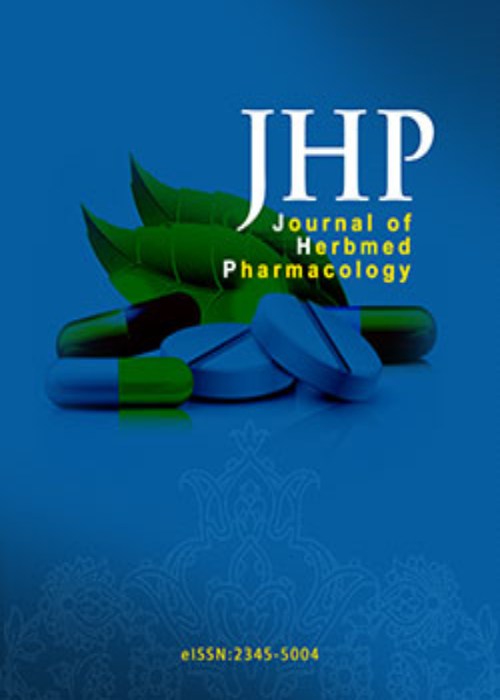Insulin supplemented with phenolic fraction concentrates displays anxiolytic and antidepressant-like properties with reductions of oxidative brain damage in chronically stressed diabetic rats
The current study aimed to investigate if insulin supplemented with phenolic fraction concentrates (PFC) improves chronic hyperglycemia-related behavioral changes by mitigating oxidative stress in diabetic rats exposed to chronic mild stress (CMS).
Experimental type 1 diabetes mellitus (T1DM) was established by a single intraperitoneal injection of streptozotocin (STZ, 65 mg/kg). After diabetes confirmation, rats were treated with insulin supplemented with PFC and exposed to two unpredictable mild stressors per day for 12 weeks. Body weight changes, fasting blood glucose (FBG), and corticosterone levels were evaluated. The behavioral tests were performed to evaluate anhedonia, anxiety, and depressive-like behaviors. Twenty-four hours after behavioral tests, all rats were anesthetized, and the blood was collected for the analysis of lipid, hepatic, and renal parameters. Finally, the brain areas (striatum, hippocampus, and prefrontal cortex), pancreas, and adrenal glands were dissected for the analysis of oxidative stress markers.
The results of this study revealed that treatment with insulin supplemented with PFC for 12 weeks significantly enhanced antioxidant defenses (catalase [CAT] and superoxide dismutase [SOD]) and reduced oxidative stress damage (nitric oxide and malondialdehyde [MDA]), especially in brain regions (prefrontal cortex, hippocampus, and striatum) in stressed diabetic rats (P < 0.001). This combination also ameliorated the corticosterone level (P < 0.001) as well as glucose homeostasis (P < 0.001) and lipid parameters (P < 0.001), which are markedly altered in T1D associated with stress.
The associated treatment possesses important anxiolytic and antidepressant-like effects in this rat model, which might be mainly mediated by its capacity to protect brain cells against reactive oxygen species (ROS) triggered by T1DM and/or chronic stress.
- حق عضویت دریافتی صرف حمایت از نشریات عضو و نگهداری، تکمیل و توسعه مگیران میشود.
- پرداخت حق اشتراک و دانلود مقالات اجازه بازنشر آن در سایر رسانههای چاپی و دیجیتال را به کاربر نمیدهد.


